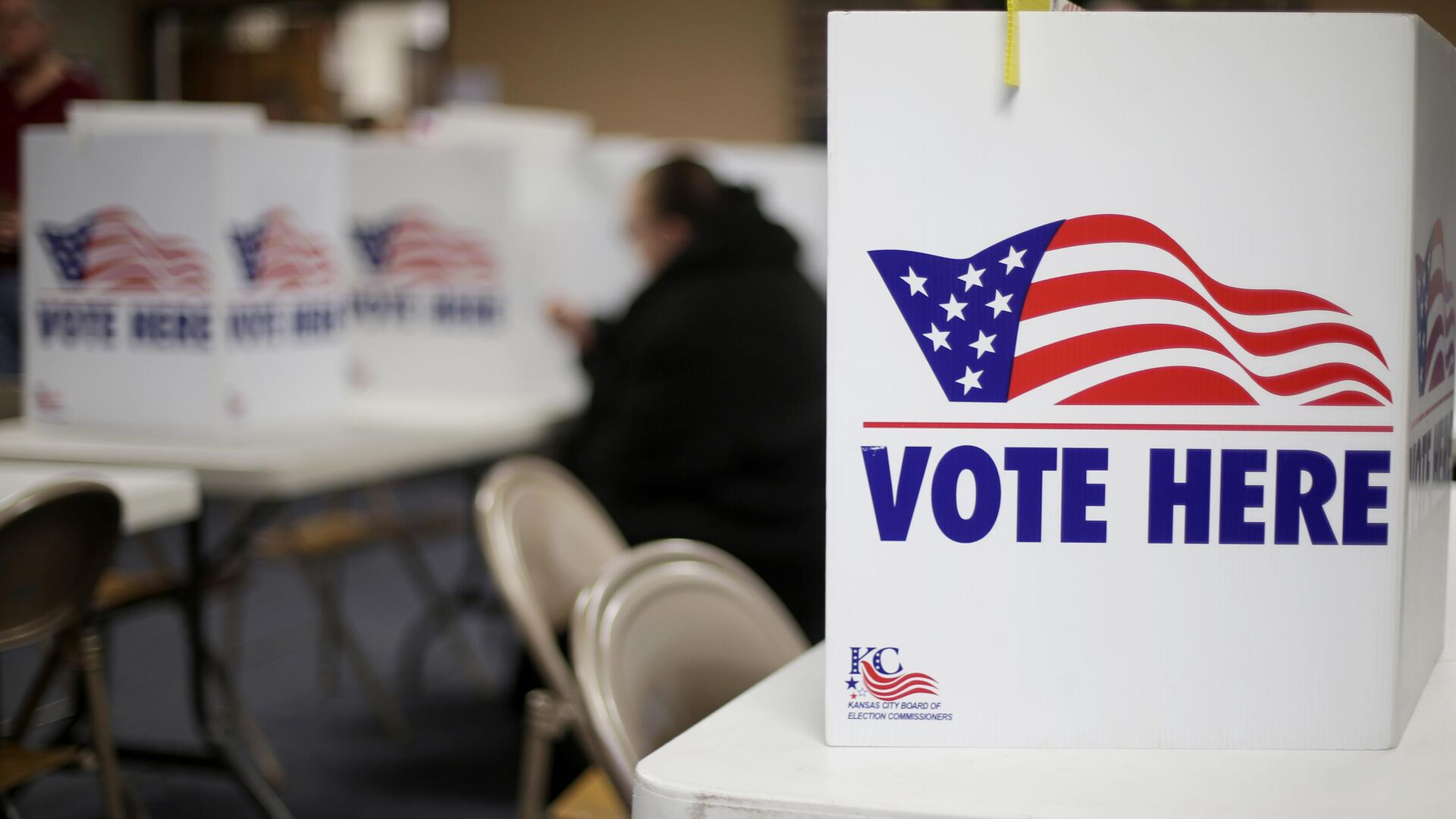• Voter eligibility: At least 186 million Americans aged 18 or over can vote for the 47th US president.
• Voting formats: The US presidential election offers three main voting formats: in-person voting on election day, early voting (both in-person and mail-in) before election day, and mail-in/absentee voting for those unable to vote in person. Each state determines the specific rules for these methods.
• Early voting: Election Day is set for November 5, but approximately 77 million people have already cast absentee ballots through early voting, a significant aspect of the election process.
• Availability of early voting: Early voting, aimed at increasing voter turnout, has been offered by US states since the 2000s. Every state allows some form of early voting, with mail-in or in-person voting as the most common options.
• State participation in early voting: In 47 of the 50 states, all registered voters can cast ballots early, except in Mississippi, New Hampshire, and Alabama, which only allow such a process for a limited number of approved reasons, such as having a disability.
• Candidates: Besides the main candidates - former President Donald Trump (Republican) and Vice President Kamala Harris (Democratic) - three additional candidates are in the race: Chase Oliver (Libertarian Party), Jill Stein (Green Party), and independent candidate Cornel West.
• Tight race: Polls show Trump and Harris are closely matched, especially in the seven key swing states: Michigan, Wisconsin, Arizona, North Carolina, Georgia, Nevada, and Pennsylvania.
• Electoral College system: The winner is determined by the Electoral College not the popular vote. The Electoral College consists of 538 electors, often party activists, ex-military personnel, and media figures, representing each state.
• Winner-takes-all: In 48 states, the presidential candidate who wins the majority receives all of the state’s electoral votes. Maine and Nebraska differ, allocating two votes to the statewide winner and one vote to the winner of each congressional district.
• Electoral deadline: The Electoral College electors cast their votes in mid-December, which this year falls on December 17. A candidate must secure at least 270 out of 538 electoral votes to win. If no candidate meets this threshold, the decision goes to the House of Representatives.
• Results: Partial results are typically declared on election night and the winner is normally called some days afterwards, but the official tally occurs on January 6 during a joint session of the House and Senate. The vice president, as president of the Senate, announces the final result.



